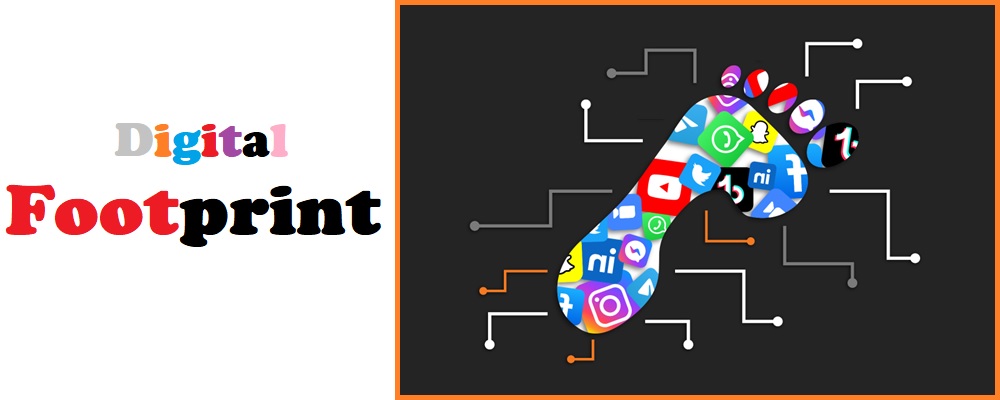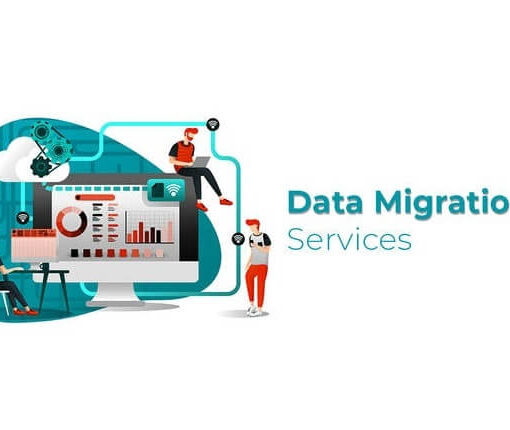In today’s interconnected world, every online action contributes to your digital footprint, the record of your activities across the internet. From social media interactions to website visits, these digital traces build a profile of your online presence. Understanding and managing digital footprint is crucial as it encompasses all the data collected about you, both intentionally and unintentionally.
This awareness not only helps in safeguarding your privacy but also enables you to manage how your information is used and accessed. With increasing concerns about data security and privacy, recognizing the significance of your digital footprint can lead to more informed and secure online practices.
What is a Digital Footprint?
A digital footprint encompasses all the traces you leave while using the Internet. It includes activities such as visiting websites, uploading photos, and interacting with others on social media. These actions contribute to your digital footprint, which can be tracked and accessed to retrieve your data. Doesn’t it make sense to understand the importance of managing a digital footprint?
Active Footprints
Active footprints are the deliberate digital traces left by your activities on social media platforms like Instagram, Facebook, and Twitter. These include posts, comments, and other interactions that you consciously make.
Passive Footprints
Passive footprints are the unintended traces left behind as you navigate the web. For example, when you visit a website and accept cookies, the site can track your browsing behavior and collect data about your device or location.
Why Understanding Your Digital Footprint is Important
Recognizing and understanding your digital footprint is vital because third parties, including advertisers and data brokers, can access the information you share online. Even a simple Google search of your name can reveal a plethora of information about you, such as social media profiles, articles, and posts. Being aware of your digital footprint allows you to take steps to protect your privacy and manage your online presence.
Risks of an Unmanaged Digital Footprint
Unmanaged digital footprints can lead to several risks, including identity theft, hacking, and misuse of personal data. For example, hackers can exploit personal information obtained from your digital footprint to gain unauthorized access to accounts or conduct fraudulent activities.
Benefits of a Positive Digital Footprint
On the flip side, a well-managed digital footprint can offer several advantages. It acts as a self-portrait, showcasing your interests, integrity, and online behavior. Positive digital footprints can enhance your reputation, as universities, employers, and other institutions may look at your online presence to form an opinion about you. Additionally, digital footprints can help detect and prevent online fraud.
Managing and Protecting Your Digital Footprint
Utilize VPNs
One effective way to protect your digital footprint is by using a Virtual Private Network (VPN). VPNs encrypt your internet connection, making it difficult for third parties to track your online activities. This can help prevent your IP address and other personal information from being exposed.
Regularly Clear Cookies and Search History
Clearing your cookies and search history regularly can help minimize the traces you leave online. This prevents websites from storing and accessing your browsing data.
Update Your Browser

Using the latest version of your web browser ensures you have the most up-to-date security features. Modern browsers often include privacy settings and tools to help manage your digital footprint effectively.
Be Mindful of Your Online Activities
Being conscious of the information you share online and the websites you visit can significantly reduce the risks associated with your digital footprint. Avoid sharing sensitive information on public platforms and use privacy settings to control who can see your content.
Wrapping Up
Managing digital footprint is essential to protect your privacy and maintain control over your personal data. By using tools such as VPNs, regularly clearing cookies and search history, and keeping your browser updated, you can significantly reduce the risk of your information being misused.
Being mindful of the information you share online and understanding how it can be tracked empowers you to make safer choices. Ultimately, taking proactive steps to manage your digital footprint helps safeguard against potential risks like identity theft and data breaches, ensuring that your online presence remains secure and under your control.


